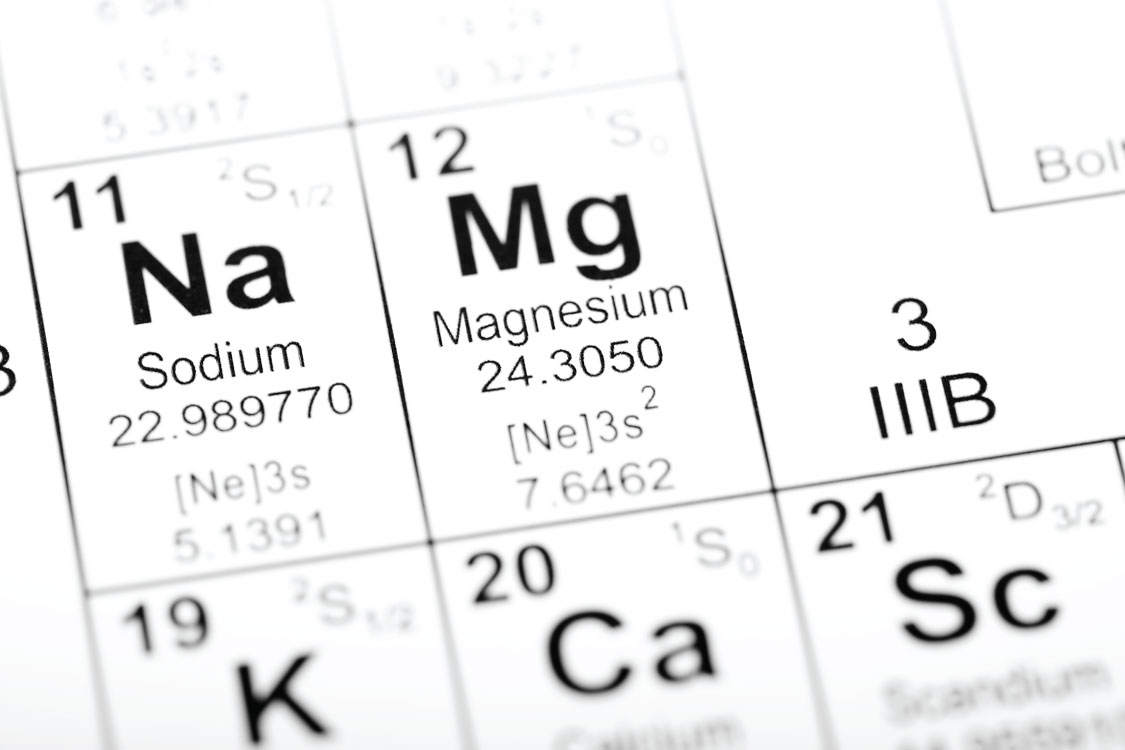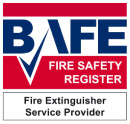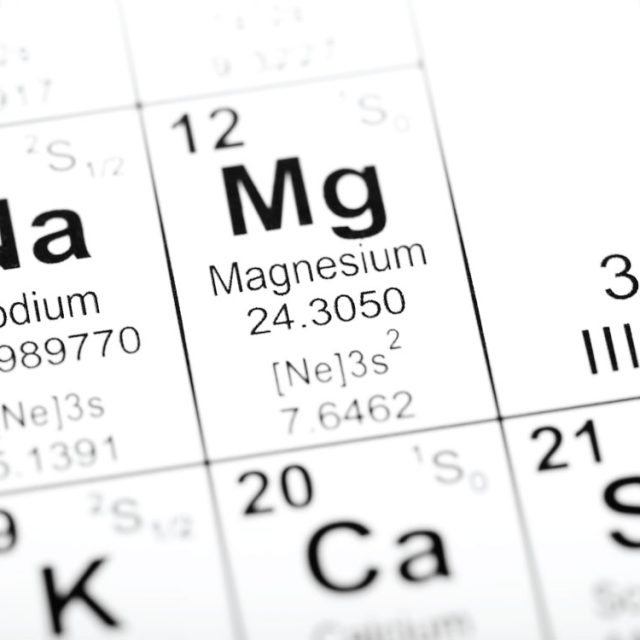26 March 2021
How to Identify and Extinguish Class D Fires
Being able to correctly identify the different types of fire and the fire extinguishers required to combat them is a key component of fire safety. In some cases it will help you defeat fires completely, and in others it may help you to keep the fire at bay whilst the fire brigade travels to you. In this article, the Fire and Security Group team will detail what a Class D fire is, how to detect one and the extinguisher you need to combat it.

What is a Class D fire?
A Class D fire is a fire involving flammable metals. Of the many different types of fire, it’s fair to say that Class D is the least common, but depending on the environment, there could still be significant risk of a Class D fire breaking out on your property. If you work with metals – a foundry or a factory, for example, then you need to be more vigilant.
How to identify a Class D fire
Class D fires are relatively easy to identify because you’ll be able to see metal burning, but these fires can be particularly ferocious, reaching temperatures of up to 3,000°c so it’s important that you’re fully prepared and react appropriately. Metal needs to be extremely hot in order to ignite – the metals most commonly involved in Class D fires are titanium and magnesium – but the main cause of metal fires is metal particles or ‘fines’ being set alight. Where metal is cut, tiny grains and flecks are accumulated, and these can ignite easily.
How to extinguish a Class D fire
The correct fire extinguisher for a metal fire is a dry powder extinguisher. When deployed, the powder in the extinguisher cuts off the fire’s oxygen supply, suffocating it and causing it to go out. We’ve mentioned the extreme heat of metal fires – the powder in the extinguisher will contain this heat and nullify it, as well as stopping the metal fines – and therefore the fire – from spreading. A dry powder extinguisher is the only extinguisher that should be used to combat a Class D fire.
The most effective action for reducing the risk of Class D fire is ensuring that all flammable metals are stored away from sources of ignition. If your environment is one where metal fines are common, ensure the premises are cleaned regularly and thoroughly and all fines are removed as soon as possible.
For wider fire safety protection, your business should undergo a fire risk assessment – a professional inspection from the experts at Fire and Security Group will ensure that all vulnerabilities are identified and action can be taken to make your property and your people safe. Contact us today for more information.

